Deck & Commander Strategies

Nine-Fingers Keene
Focuses on deploying Gates through combat damage triggers to achieve a landfall-based win condition by assembling and controlling multiple Gates to leverage their collective power.

Myrkul, Lord of Bones
Uses creature death triggers to exile and return creatures as enchantments, generating incremental value and board presence to outvalue opponents and win through superior resources or large spells.
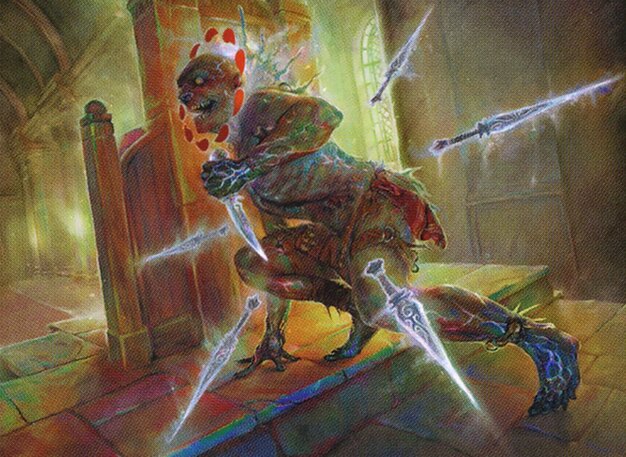
Bhaal, Lord of Murder
Leverages aristocrat-style sacrifice loops to grow creatures with +1/+1 counters and generate incremental advantage, aiming to find infinite combos to close out the game.

Bane, Lord of Darkness
Utilizes death triggers to force opponents to allow card draw or cheat creatures from hand onto the battlefield, blending combo and aristocrat elements for flexible threats and card advantage.
Gameplay Insights
- 1
Players prioritized ramp and mana fixing early on to enable casting their commanders and powerful spells quickly, using cards like Nature's Lore, Growth Spiral, and Wood Elves.
- 2
Tireless Provisioner combined with Deadly Dispute provided strong card draw and treasure generation, accelerating resource development and fueling further plays.
- 3
Copying triggered abilities with Stony Resonator allowed for doubling value from key effects, increasing tempo and board presence.
- 4
Combat damage was used not only for direct damage but also to trigger Nine-Fingers Keene's gate search ability, advancing the landfall win condition.
- 5
The interplay of sacrifice and recursion synergies among the Dead Three commanders created a dynamic board state where incremental advantage was key.
- 6
Managing black mana sources was crucial, as players with multicolor decks needed to find and shock in appropriate lands to cast their commanders and spells efficiently.
- 7
Players carefully navigated interactions with death triggers to maximize value from aristocrat and combo synergies while mitigating opponent threats.
Notable Cards
-

Nine-Fingers Keene
-
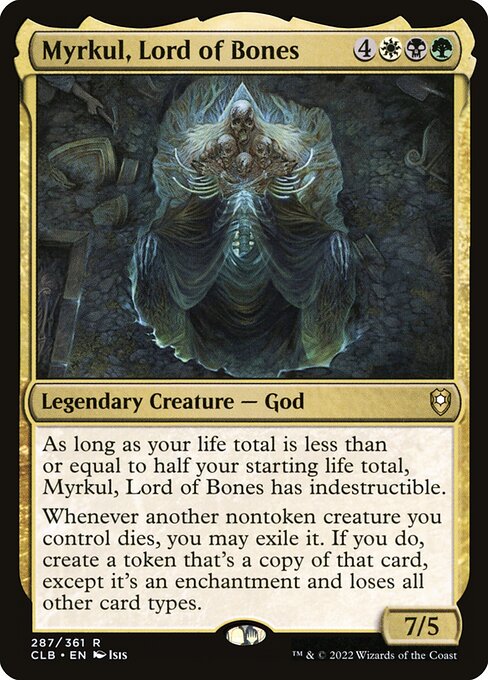
Myrkul, Lord of Bones
-

Bhaal, Lord of Murder
-

Bane, Lord of Darkness
-
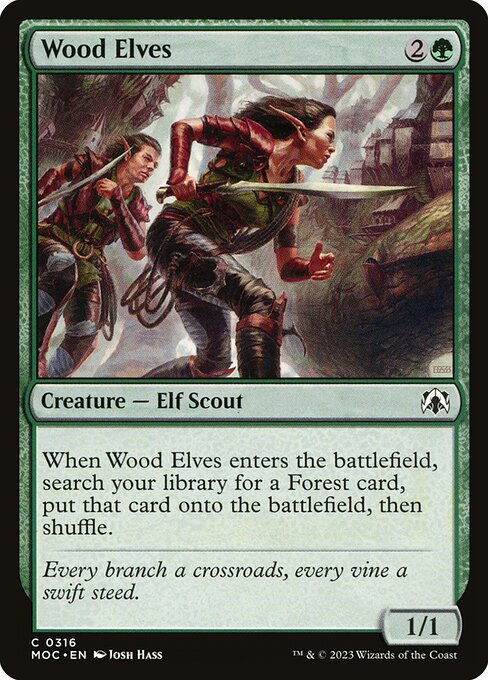
Wood Elves
-
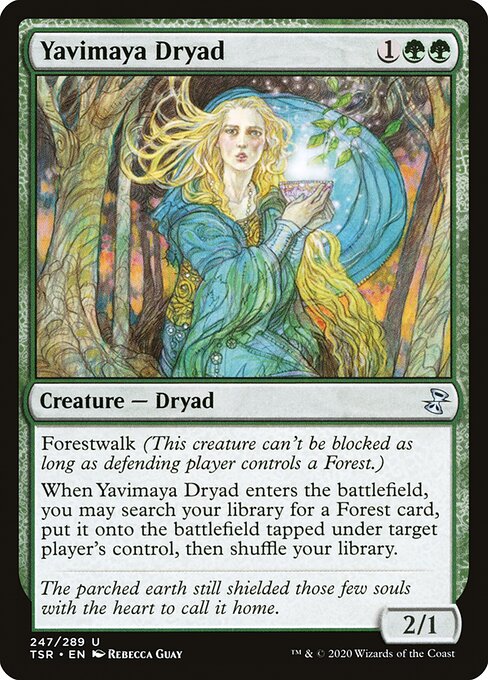
Yavimaya Dryad
-
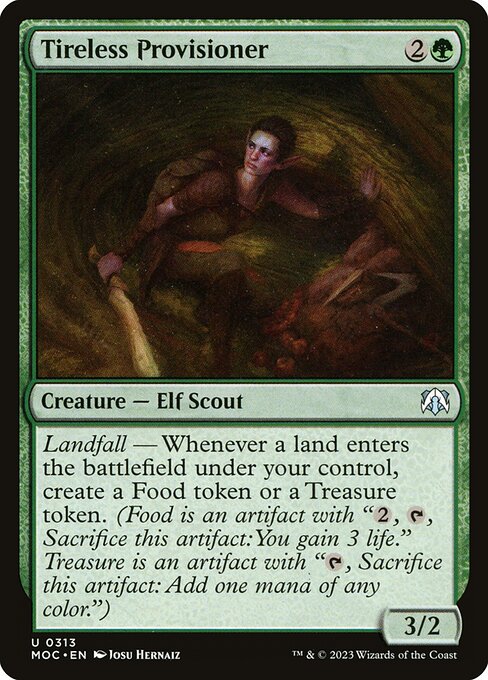
Tireless Provisioner
-

Deadly Dispute
-

Nature's Lore
-
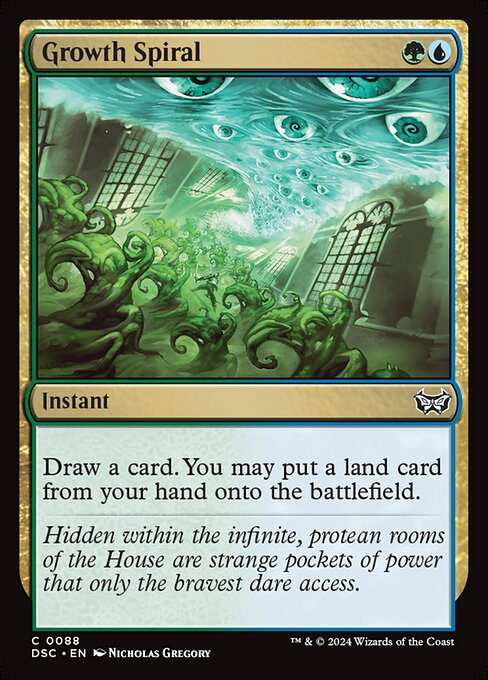
Growth Spiral
-

Viscera Seer
Gameplay Summary
The game began with each player establishing their board state and mana bases, with a focus on ramp and setting up their respective strategies.
Nine-Fingers Keene aimed to quickly deploy Gates to achieve a landfall-based victory by leveraging the gate count mechanic.
Myrkul, Lord of Bones, focused on outvaluing opponents by repeatedly bringing creatures back as enchantments for incremental advantage.
Bhaal, Lord of Murder, aimed to generate value via aristocrat-style sacrifice loops, putting +1/+1 counters on creatures to build a threatening board state.
Bane, Lord of Darkness, combined combo elements and creature sacrifice to either draw cards or cheat creatures into play, creating a flexible and resilient threat engine. Key moments included multiple ramp spells like Nature's Lore and Growth Spiral accelerating mana development, enabling players to deploy powerful creatures and commanders early.
Tireless Provisioner generated treasures on landfall, fueling explosive plays and card draw with Deadly Dispute.
Combat damage exchanges pressured life totals, especially with creatures like Wood Elves and Yavimaya Dryad applying early aggression.
Strategic plays such as copying triggered abilities and managing mana with shock lands and tap lands shaped the pace of the game.
Decks with strong recursion and sacrifice synergies began to dominate the battlefield, setting the stage for potential infinite combos and high-value loops.
The game was a tense battle of attrition and resource management among the Dead Three and Nine-Fingers, with each player maneuvering for control of Baldur's Gate.


















![Duke Ulder vs Bane vs Myrkul vs Urabrask [Budget EDH/Commander, MTG Gameplay 2022] thumbnail](https://i.ytimg.com/vi/EjVlvTBkRBs/sddefault.jpg)








![Battle of the God's EP: 35 Athreos V Myrkul V Tom Bombadil V Mogis [EDH gameplay] thumbnail](https://i.ytimg.com/vi/E2lY5ILeXmg/sddefault.jpg)











